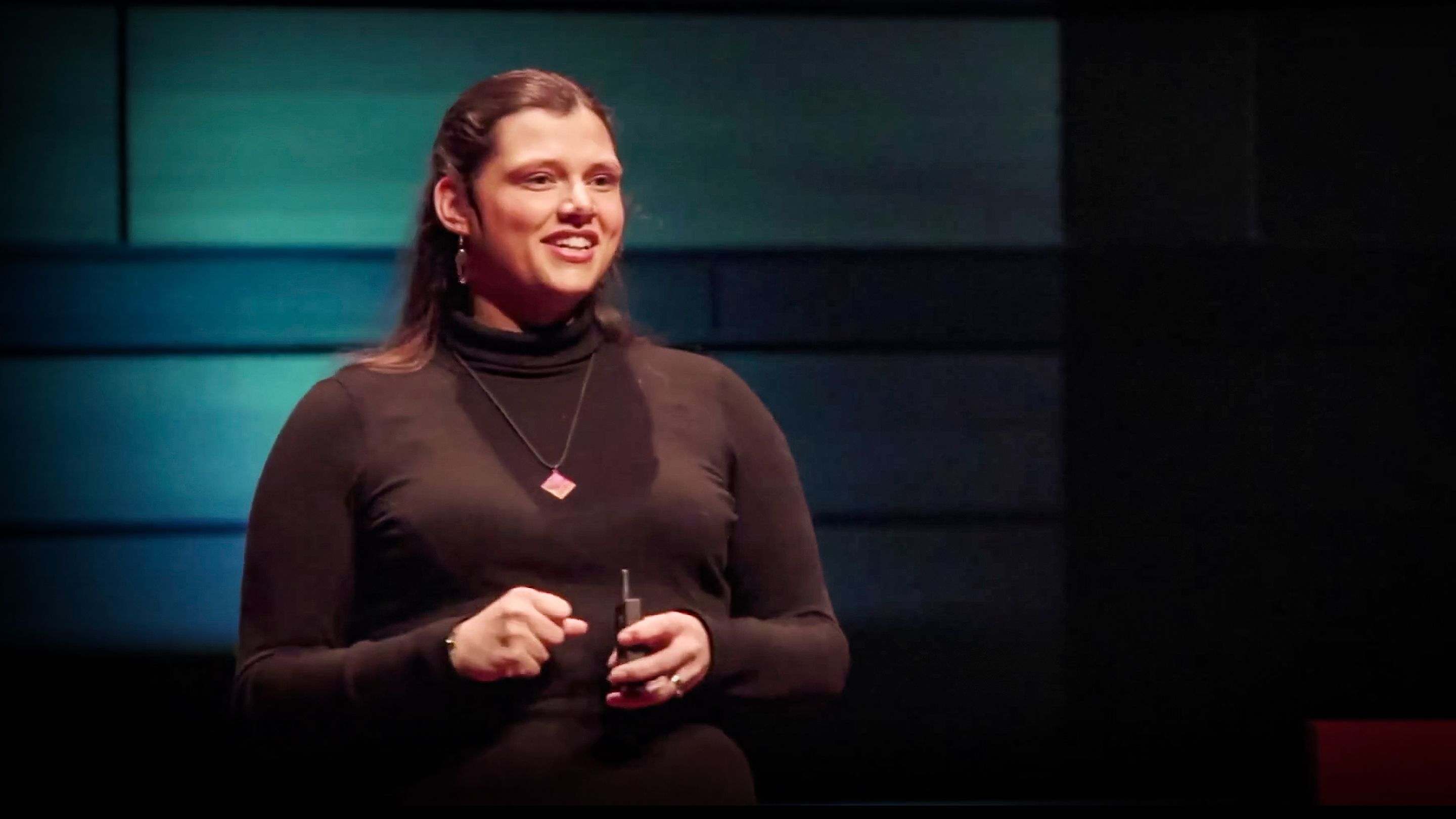A history of Indigenous languages -- and how to revitalize them
2,108,522 views |
Lindsay Morcom |
TEDxQueensU
• February 2019
Indigenous languages across North America are under threat of extinction due to the colonial legacy of cultural erasure, says linguist Lindsay Morcom. Highlighting grassroots strategies developed by the Anishinaabe people of Canada to revive their language and community, Morcom makes a passionate case for enacting policies that could protect Indigenous heritage for generations to come.
